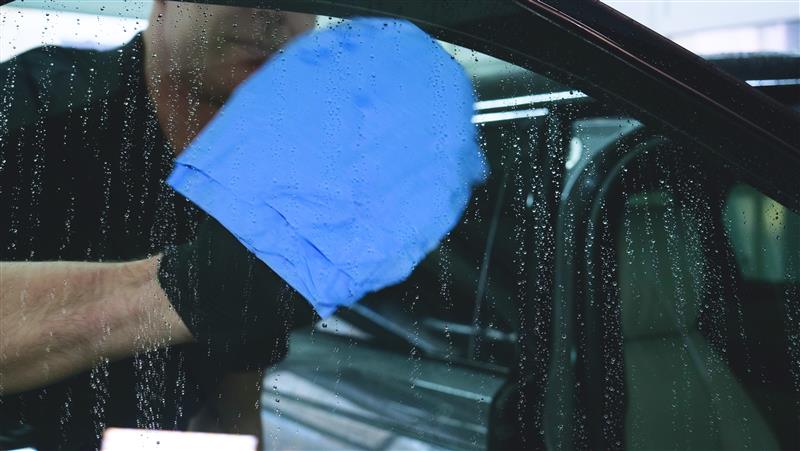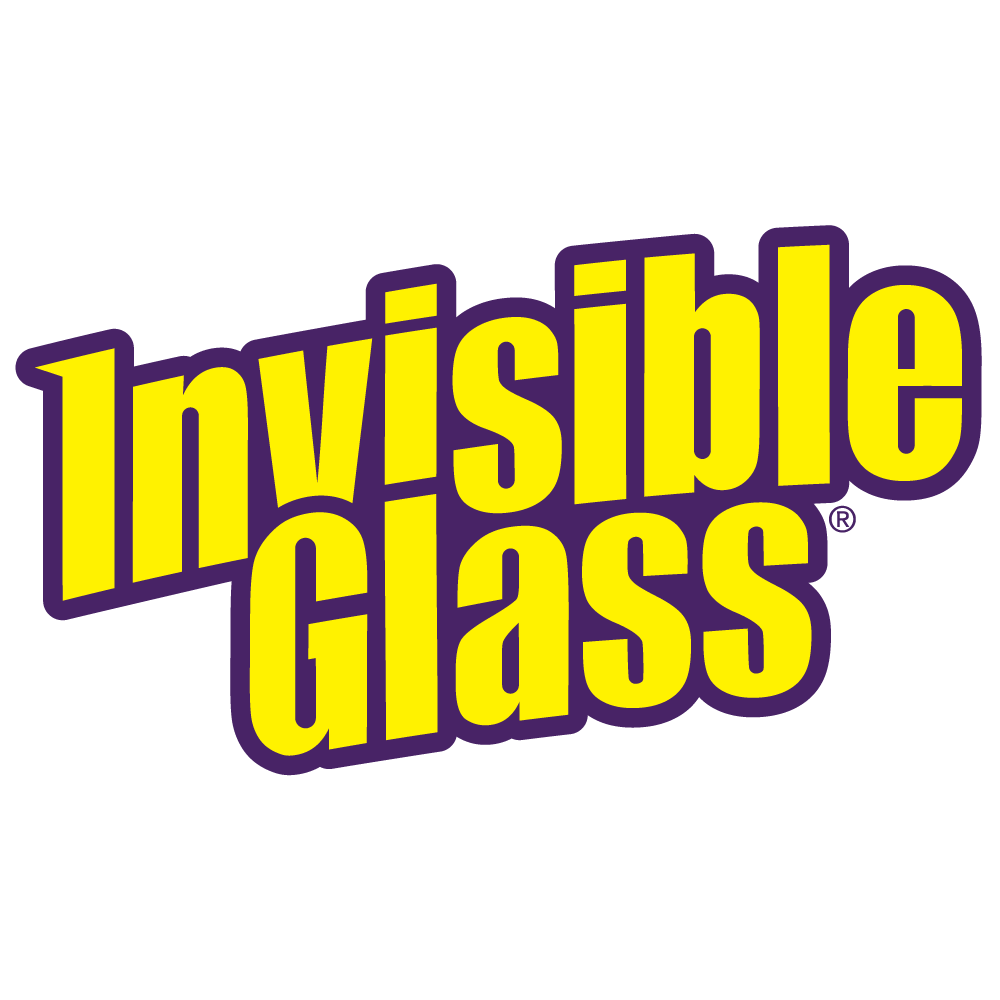
Tinted windows enhance your car’s look, reduce glare, block UV rays, and help keep the interior cooler. They improve driving comfort and protect surfaces like the dashboard and seats from sun exposure.
Because tinted glass differs from standard automotive glass, it requires special care, especially during cleaning. Using the wrong chemicals or techniques can damage the tint, leaving behind streaks, haze, or even peeling film.
If you’ve ever wondered how to clean tinted windows safely, you’re not alone. The key is to use the right type of cleaner and follow a method that protects the film layer. A few simple steps can keep tinted glass looking clear and performing as it should.
Why Tinted Windows Require Special Care
Tinted windows use a thin film made from polyester or ceramic material. This film is applied to the inside of the glass to block heat and sunlight while maintaining visibility. Because the film relies on delicate materials and adhesives, it requires careful treatment during cleaning.
Ammonia is one of the most common threats to tinted windows. It is found in many household glass cleaners and can lead to fading, discoloration, or peeling. Once the adhesive begins to break down, the damage cannot be reversed.
The cloth you use also matters. Paper towels may seem gentle, but they can leave lint behind and cause small scratches. Over time, these marks reduce clarity and give the glass a hazy appearance.
Protecting tinted windows means choosing the right products and using the proper technique every time you clean.
What to Look for in a Tinted Window Cleaner
The most important rule when choosing a cleaner for tinted windows is simple: it must be ammonia-free. This protects the tint film from chemical breakdown and helps maintain a sharp, clean look over time.
A high-quality tinted window cleaner should also meet these criteria:
✔️ Leaves no streaks or haze
✔️ Dries quickly without residue
✔️ Contains no dyes or added fragrances
Cleaners with these features are made for automotive glass and reduce the risk of damage. Some formulas also include anti-static properties or are built to handle extreme temperatures, which can be useful depending on your climate.
Many brands offer ammonia-free formulas, but not all deliver streak-free performance. The best results come from products made specifically for tinted automotive windows. Invisible Glass is an excellent choice, offering a reliable and effective formula that checks all the right boxes.
Why Detailers and Drivers Rely on Invisible Glass
Invisible Glass is trusted by both professionals and everyday drivers because it is made specifically for automotive glass. Unlike multi-surface cleaners, it is designed to deliver safe, streak-free results on all types of vehicle windows, including tinted ones.
The formula is ammonia-free, making it safe for both factory and aftermarket tint. It contains no dyes or artificial fragrances, which helps prevent residue, streaking, or chemical fog.
You can choose between aerosol and trigger spray versions. The aerosol creates a fine mist that clings to vertical glass, while the trigger spray allows for more precise control, ideal for interior surfaces or tight spots.
Detailers appreciate its simplicity. It works exactly as expected, without leaving behind film, streaks, or unnecessary ingredients.
Step-by-Step: How to Clean Tinted Windows Safely
Using the right cleaner is important, but the method matters just as much. Follow these steps to clean tinted windows without streaks or damage.
How to Clean Tinted Windows: Quick Steps
|
Common Mistakes to Avoid When Cleaning Tinted Glass
Even with the right product, small mistakes can lead to streaks, haze, or long-term damage. Here are some habits to avoid:
❌ Using paper towels: They can leave lint behind and may cause tiny scratches on the tint film.
❌ Using multi-surface sprays: If a cleaner is not clearly labeled as tint-safe, it may contain ammonia or other harsh chemicals.
❌ Mixing DIY vinegar or alcohol solutions: These mixtures can cause streaking and may weaken the adhesive that holds the film in place.
❌ Ignoring the window edges: The top and sides of the glass often collect dirt and grime. Skipping them allows buildup that can damage the film over time.
Avoiding these common mistakes helps preserve the clarity and life of your tinted windows.
Keep Your Tint Looking Its Best
Cleaning tinted windows takes the right combination of product and process. Use an ammonia-free, tint-safe glass cleaner, stick with microfiber towels, and follow a careful method to protect the film and maintain clarity.
Invisible Glass is a trusted choice for good reason. It delivers streak-free performance without dyes, fragrances, or harsh chemicals, making it a smart option for anyone who wants clean glass without risking tint damage.
Take a few extra minutes to clean your tinted windows the right way. The payoff is clearer visibility, longer-lasting tint, and a better-looking vehicle every time you drive.



